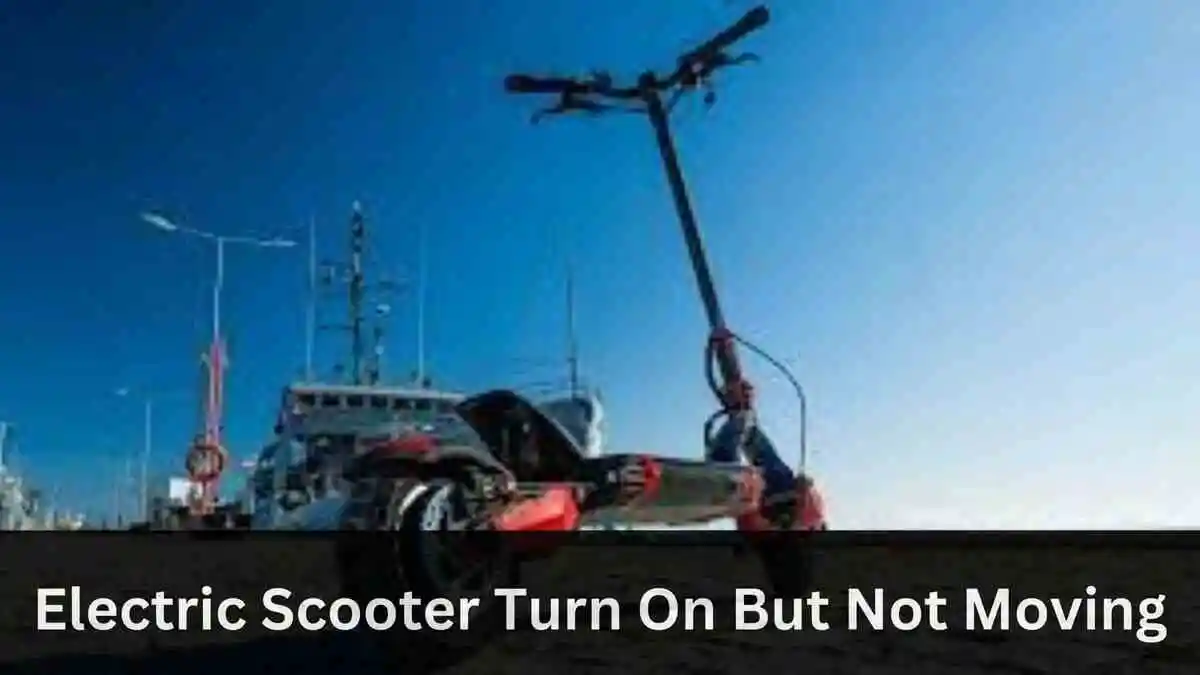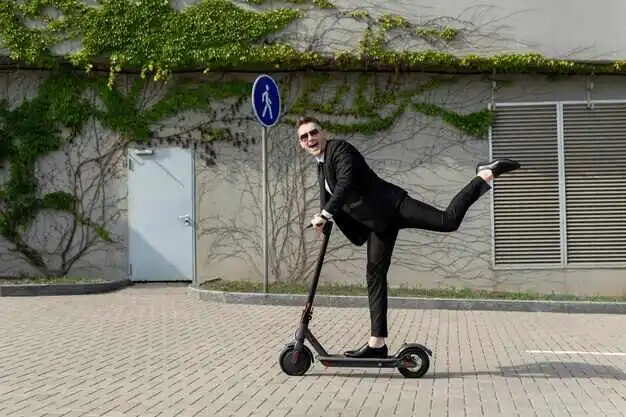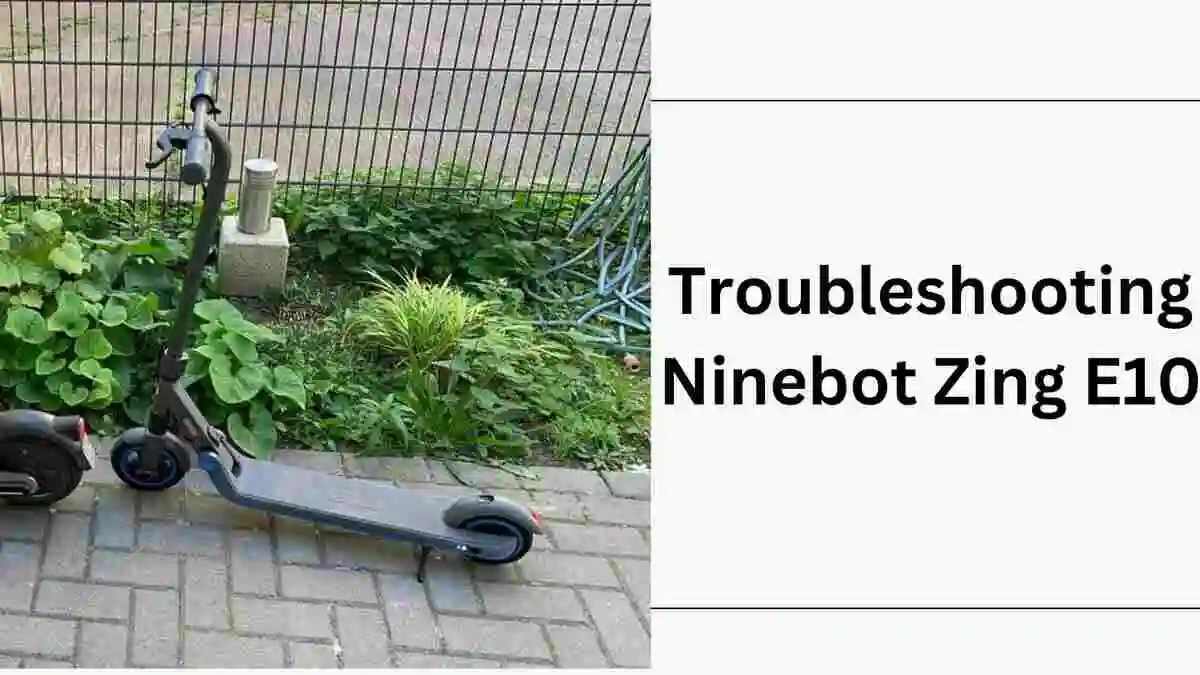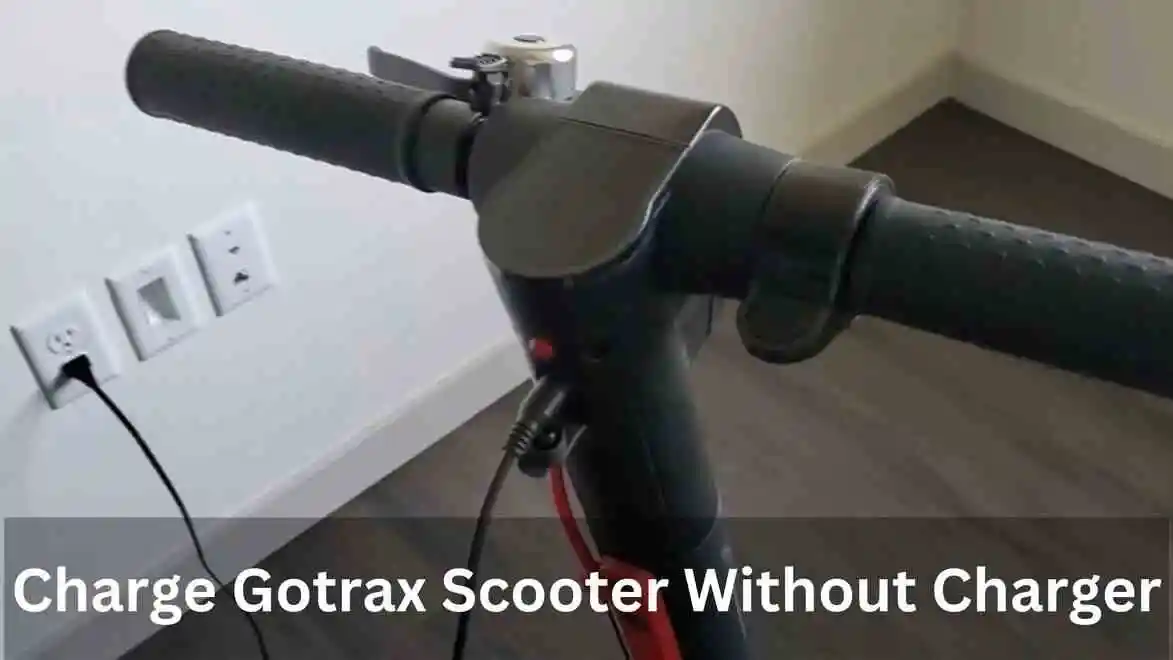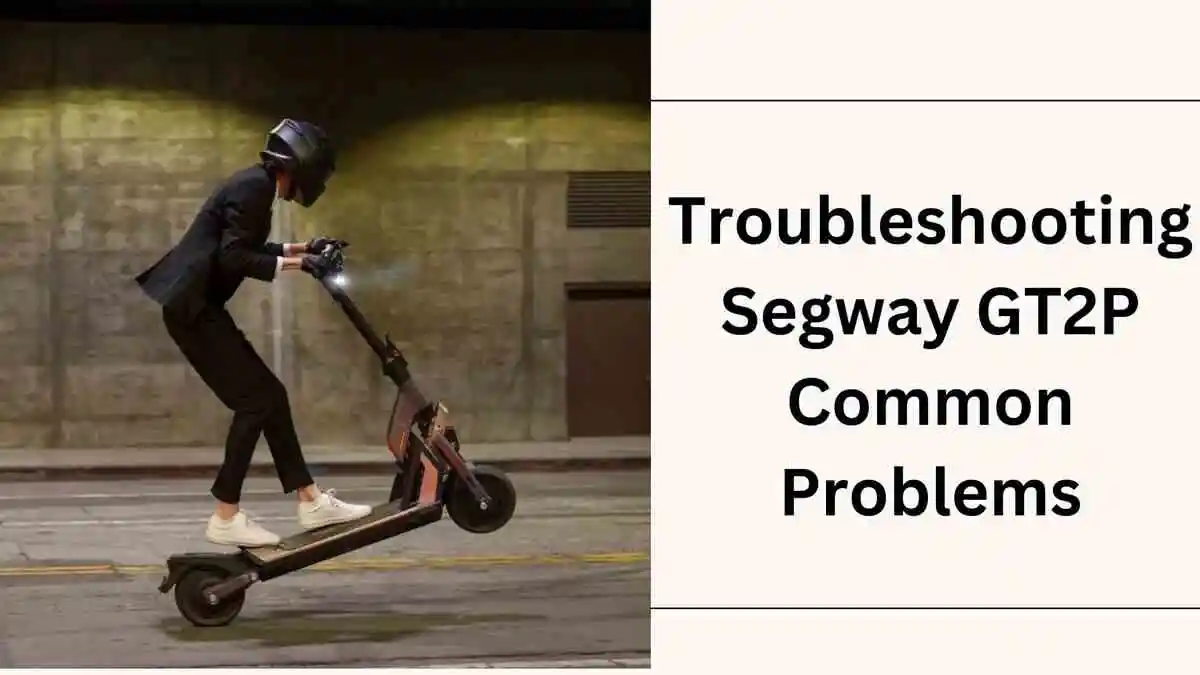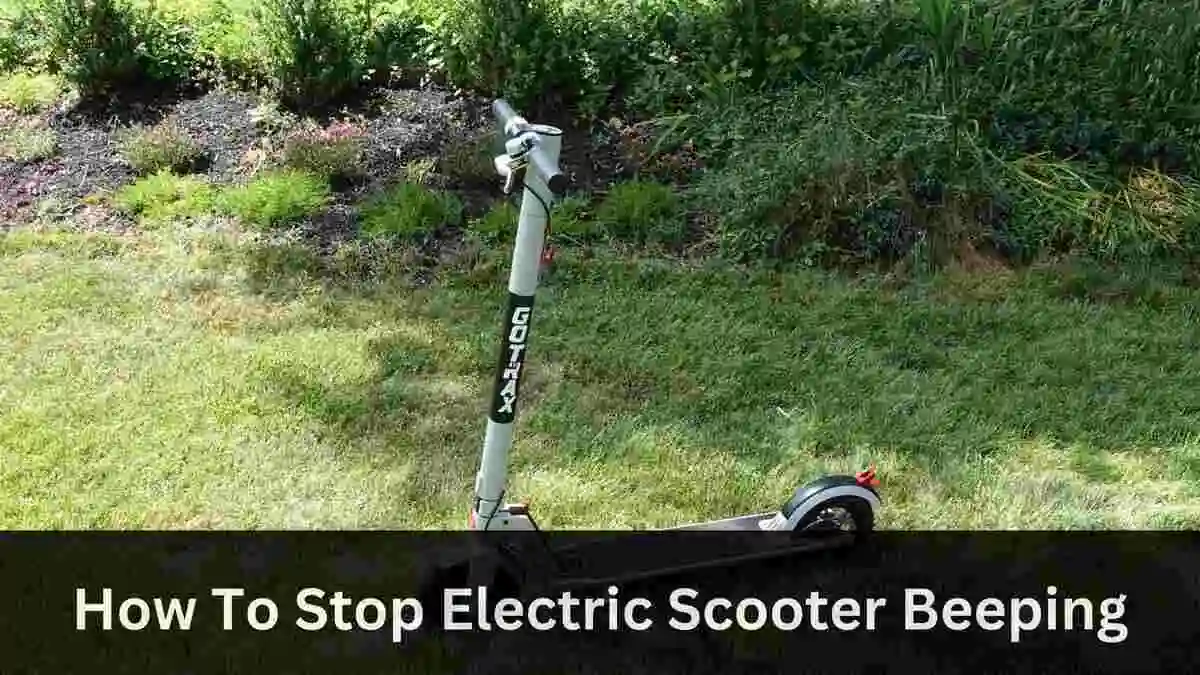Electric scooters have revolutionized personal transportation, providing a convenient and eco-friendly way to navigate urban landscapes. However, encountering issues with your electric scooter, especially when it turns on but refuses to move, can be frustrating, and you might wonder why does my electric scooter turn on but not move.
In this article, we’ll explore common reasons behind electric scooter turns on but won’t go and provide simple solutions that anyone can understand to solve electric scooter starts but not moving issue.
First Thing First:
Make sure to know the weight limit for your electric scooter. Putting too much weight on it can make it stop working. Many people don’t pay attention to this, and they might use their scooter with a heavy load for a while without any issues.
However, this can cause damage to the scooter’s battery, motor, or other parts over time. So, it’s important to follow the weight limit to keep your scooter in good shape.
Electric Scooter Turn On But Not Moving (Cause and Solution)
Here is the answer of your question why does my electric scooter turn on but not move and fixes for it.
1. Battery Issues:
The heart of your electric scooter lies in its battery. If your scooter turns on but doesn’t move, the first thing to check is the battery. Here’s what you can do:
- Check Battery Connections: Ensure that the battery connections are secure and free from corrosion. Loose or damaged connections can disrupt the flow of power.
- Output Voltage: Use a multimeter to check the output voltage of the battery. If the voltage is below the required level, it may be time to consider a battery replacement.
- Load Test: Perform a load test on the batteries. This helps determine if they are functioning correctly under the load of powering the scooter.
Addressing battery issues promptly can often resolve the problem and get your electric scooter back on the move.
2. Motor Issues:
If the motor isn’t running, your scooter won’t budge. Motor problems could stem from a faulty motor or issues with the controller. Here’s what you can do:
Professional Inspection: If you’re not comfortable tinkering with the motor or controller, seek the expertise of a professional technician. They can diagnose the issue and replace the motor or controller if necessary.
By addressing motor-related problems, you ensure that the power generated by the battery is effectively translated into movement.
3. Throttle Issues:
The throttle is your interface with the scooter’s motor. If it’s not working correctly, your scooter won’t respond to your commands. Here’s what you can do:
- Check Throttle Functionality: Ensure that the throttle is moving smoothly without any resistance. If it feels off or unresponsive, there might be an issue.
- Inspect Control Box: The control box, responsible for managing the scooter’s electrical components, may be the culprit. A professional technician can inspect and replace the throttle or control box if necessary.
A well-functioning throttle is crucial for controlling your scooter’s speed and acceleration.
4. Tire Issues:
If your electric scooter turns on but refuses to move, the issue might be closer to the ground. Check the front wheel for potential problems:
- Inspect Tire and Wheel: Look for punctures, leaks, or any visible damage to the tire or wheel. Any issues in this area can hinder the scooter’s ability to move.
- Proper Inflation: Ensure that the tire is properly inflated. Underinflated tires can create unnecessary resistance, making it difficult for the scooter to move smoothly.
Regularly checking and maintaining your scooter’s tires can prevent unexpected issues and keep your ride smooth.
5. Kick-to-Start Feature:
Some electric scooters come equipped with a kick-to-start feature, requiring a bit of manual effort before engaging the throttle. Here’s what you can do:
- Enable the Feature: Check if your scooter has a kick-to-start feature and ensure it is enabled. Refer to your scooter’s manual for instructions on how to do this.
- Kick the Scooter: Give your scooter a gentle kick to reach a speed of over 3 mph before engaging the throttle. This kick-start can initiate the motor and get your scooter moving.
Understanding and utilizing the kick-to-start feature can make a significant difference in overcoming the “turns on but won’t move” issue.
Conclusion:
Troubleshooting your electric scooter when it turns on but doesn’t move doesn’t have to be a daunting task. By systematically checking for battery issues, motor problems, throttle malfunctions, tire issues, and understanding the kick-to-start feature, you can identify and often resolve the root cause of the problem.
Remember, if you’re unsure about performing any diagnostics or repairs, seeking the assistance of a professional technician is a wise decision. With a bit of care and attention, you can keep your electric scooter in top-notch condition, ensuring a smooth and enjoyable ride every time.
